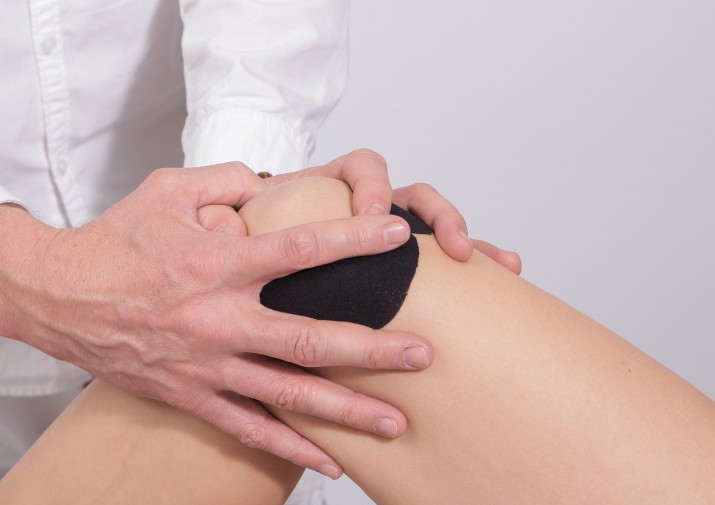Have you ever noticed that when it comes to knee injuries in athletics or even in the general population that females are usually the victims? Have you noticed that the older we get, the more aches and pains we get in our joints especially or knees and hips? Even worse, have you noticed how uncommon it is to someone performing exercises focusing on strengthening their knees?

In all likely hood, unless you’ve suffered knee injuries or any other major joint damage, you’ve probably never been taught proper strengthening exercises. Even most trainers I watch don’t perform any exercises with their clients to help correct or strengthen trouble areas like the knees.
This is something that needs to change especially with our female population. During my research tracking back to 2009, I’ve found that on average females athletes are about 8-10 times more likely to suffer a torn ACL during their athletic careers.
What Is The Q Angle?
The Q angle of the knee is a measurement of the angle between the quadriceps muscles and the patella tendon (Knee). The average Q angle for a male is about 14 degrees and 17 degrees for females.
In my opinion this is one of the biggest factors why females are more prone to ACL tears compared to males. The reason is because of the pressure females get on the anterior part of the knee due to the angle from their hips to knees. Any time an athlete changes direction quickly or performs a lateral jump the pressure on the ACL increases drastically and when their Q Angle is high then that pressure increases even more due to the weight distribution from the hips to the knees. If someone has a lower Q Angle then when they make quick lateral movements the pressure on the anterior part of the knee is lower compared to a larger angle and is more evenly shared with the more medial part of the knee decreasing the chance of a tear.
Since becoming a trainer and meeting many different people, I’ve noticed that just about one out of every three people I meet have some type of knee pains. Some of them don’t ever recall even injury their knees to the point of having to seek medical attention.
I’ve also noticed that when I talked to them about what they have done to strengthen their knees that most people either have never done anything or at best they receive massages regularly to help with their pains. Even the people how have experience working with a trainer have never done knee strengthening exercises that they knee of. To me, that is a big deal and I make sure that every client is taught proper knee strengthening exercises and has those exercises incorporated into at least two routines every week.
How can we release pain and prevent future knee injuries?
As I wrote before, I personally have all my clients performing exercises to strengthen their knees at least twice a week. All these exercises are simple and easy enough to perform that they make good fillers (active rest) between your normal exercises.
When doing these exercises you want to focus mainly on posture and form rather than the amount of resistance. Most of them involve a band; start off use a light resistance band and slowly build up to a heavier band. My favourite band to use is the Sling Shot Hip Circle created by Mark Bell. These bands do not have as much elasticity as a normal resistance band which is why i consider it a more advanced band to use for these exercises. All these exercises are very useful with fixing and preventing knee pain by strengthening the muscles surrounding and supporting our knees.
Exercises to avoid knee injuries:
Banded Walks (Monster Walks): Perform a total of 30 steps with each leg
Band knee lifts: Perform 20 each leg
Banded Squats: Perform 12 with normal stance and 12 with wide stance
Terminal Knee Extensions (TKE): Perform 3 sets of 15 repetitions for each leg
Assisted Deep Squat: Perform 3 sets of 12



